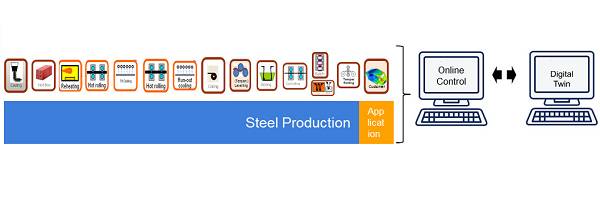Recent developments in experimental techniques and computer simulations provided the basis to achieve many of the breakthroughs in understanding materials down to the atomic scale. While extremely powerful, these techniques produce more and more complex data, forcing all departments to develop advanced data management and analysis tools as well as…


